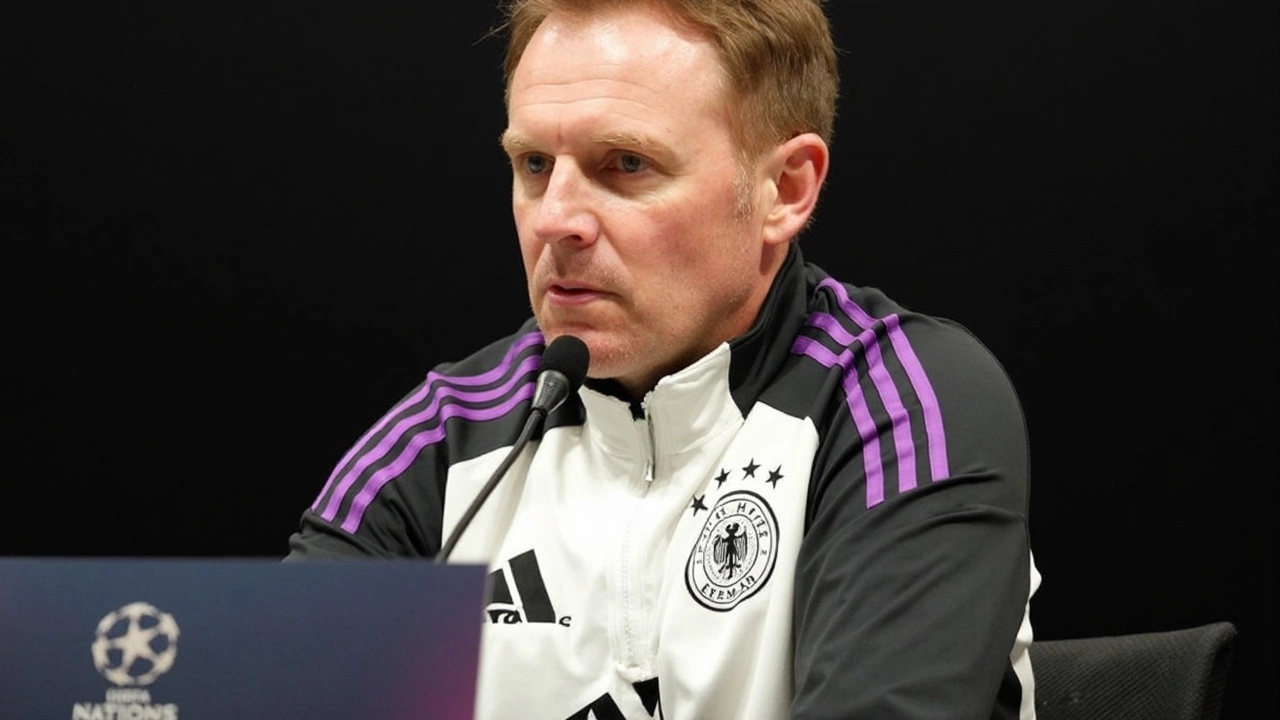UEFA Nations League – All You Need to Know
When talking about UEFA Nations League, a competition that reshapes international football in Europe by adding promotion, relegation and a final tournament. Also called European Nations League, it gives smaller nations a chance to play meaningful games and lets big teams test new players. UEFA, the governing body that organizes the tournament and sets the rules for each season runs the whole show, while European football, the sport’s continental ecosystem that includes clubs, leagues and national teams across 55 countries provides the talent pool. The league works like this: UEFA Nations League encompasses a group stage, a promotion‑relegation system and a final‑four showdown. Those three parts make the competition unique compared with friendlies or qualifiers.
How the format shapes the competition
The group stage, the opening phase where teams are split into leagues and groups based on rankings decides who moves up and who drops down. Each league has four groups, and the winners of League A’s groups head to the finals while the bottom teams fall to League B. That promotion and relegation cycle requires consistent performance, because a single win can lift a nation to a higher tier for the next edition. In contrast, a string of losses can send a team spiraling to a lower league, affecting its chances for future competitive matches. The finals, played in a single host country, bring together the four League A group winners for semi‑finals, a third‑place match and the ultimate title game. This format enables fans to see high‑stakes knockout football without the long‑term grind of a traditional tournament.
Because the competition runs every two years, it fits neatly between World Cup and Euro qualifiers. That timing influences national team strategies: coaches can experiment with tactics during the group stage, then sharpen their squads for the finals if they qualify. The league’s design also connects to other UEFA events; the Nations League provides a shortcut to Euro qualification for its best teams, giving them a safety net if they stumble in the regular qualifying rounds. Meanwhile, lower‑league nations gain more balanced matches, which helps them develop players and improve FIFA rankings.
Fans love the drama of promotion battles as much as they love the excitement of a final. A typical season sees surprise promotions—like a small nation breaking into League A—alongside historic powerhouses fighting to avoid relegation. Those storylines drive media coverage, social media buzz and even the giveaway contests you’ll find on sites like Soccer Giveaways Hub. When a team clinches promotion, the celebration spreads across its country, and when a big name drops a division, the headlines explode. The tournament’s structure makes every match matter, which is why it’s become a staple of the international football calendar.
Looking ahead, the next edition promises fresh match‑ups, new hosts for the finals, and possibly tweaks to the format as UEFA listens to feedback from federations and fans. Keep an eye on the official schedule, because the dates for group matches and the final four often shift to avoid clashes with club competitions. And if you’re into freebies, follow the latest giveaway posts that tie in with match days, player milestones and even ticket contests for the finals. The blend of competitive stakes and fan‑focused promotions makes the UEFA Nations League, a competition that delivers both high‑level football and rewarding fan experiences a must‑watch every tournament cycle.
Now that you’ve got the basics—how the group stage works, why promotion and relegation matter, and what the finals look like—you’re ready to dive into the articles below. They break down each league’s surprises, profile standout players, and even show you how to join our latest soccer giveaways tied to the Nations League action. Let’s get into the details and see what this season has in store for your favorite national teams.
